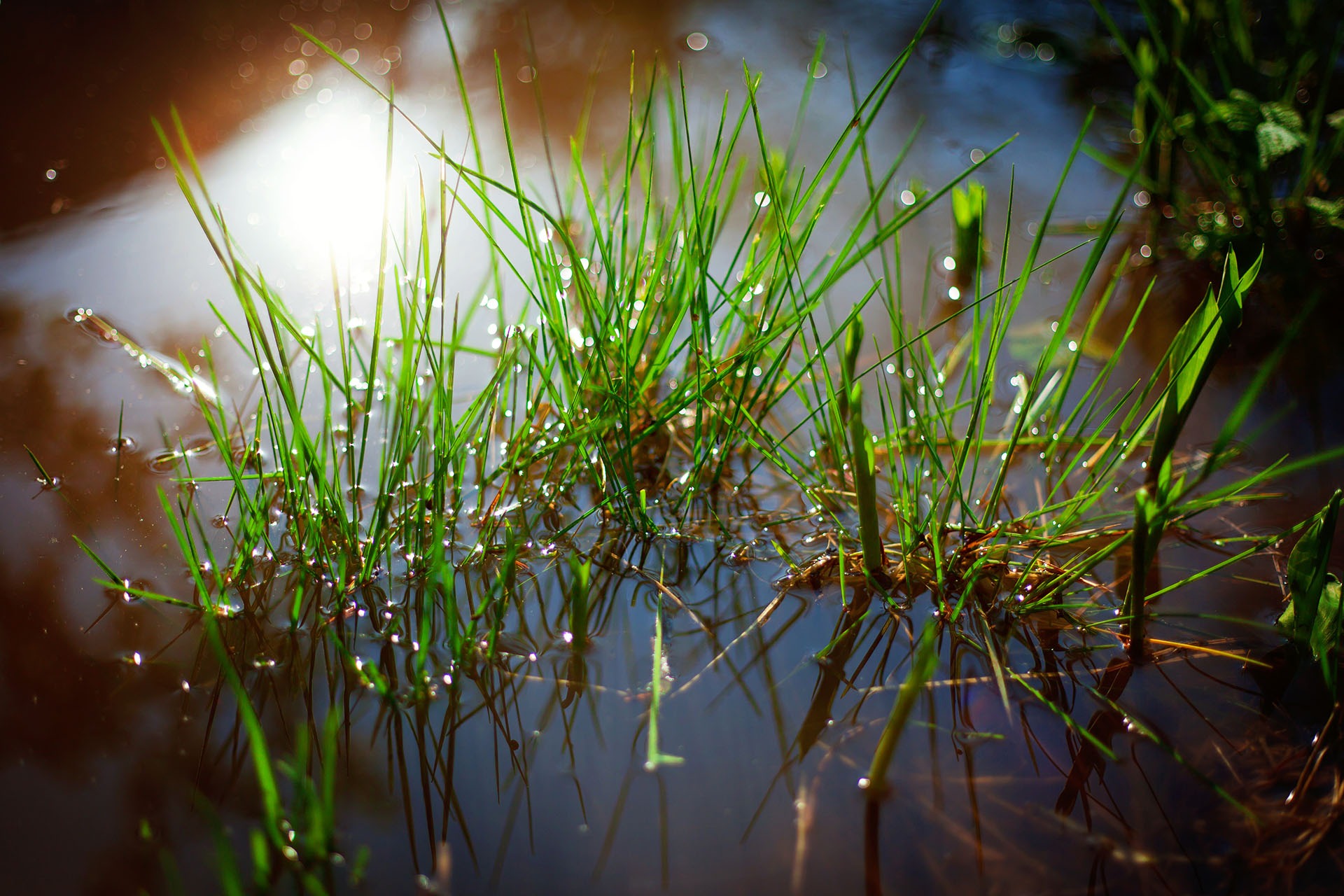
By mowing early and not letting excessive grass accumulate, the texture will be finer, many upright weeds will be killed, the turf will become denser, and lateral spread will increase. You should never remove more than one-third the length of the blade at one time. Can new sod get too much rain The answer is yes, folks. Let’s say you opt for sod instead of grass seed. If you seed right before a rainstorm, your fresh grass seed could get washed away through erosion. Heavy rain often leads to soil erosion, which means the top layer of soil is worn down by water. What is the recommended seeding rate for new turf When and where can I plant Bermuda grass Should I cover the seeds after planting How long does it take for. After the turf begins to grow to normal mowing height (about 4 inches), go ahead and start your early spring mowings (once or twice weekly), cutting it back to about 2½ inches for bluegrass and fescue. Is too much rain bad for grass seed Typically, yes. Read product labels carefully.ĭon’t be afraid to mow a new lawn. Keep the soil surface moist for several weeks until the seedlings become well established, or else they will die.įor weed control, refer to Cooperative Extension publication, “Weed Control Recommendations for Kentucky Bluegrass and Tall Fescue Lawns and Recreational Turf (AGR-78).” Unfortunately, most lawn herbicides also kill new grass seedlings. Water frequently, especially if you do not use mulch, or if rainfall is scarce. The mulch covering should be thin enough to expose about 50 percent of the soil surface, which means using about one bale of straw per 1,000 square feet of area. Cover the seed by raking lightly or rolling with a water-ballast roller. The best way to prevent seed freezing is to know when your frost dates are, mulch after planting, and use proper seed storage methods. This is why it’s not good to over-water your lawn the soaked soil will be too heavy and it’ll prevent the grass seed from accessing a necessary amount of oxygen. Old seed that has been stored in the garage will likely germinate very poorly.


A heavy rain in a newly seeded area can move grass seed to the low spots leaving the high spots with little to no germination.

Keep your grass seed moist by watering lightly several times a day. Use six pounds of tall fescue seed or 4 pounds of bluegrass seed per 1,000 square feet of lawn. But a short while after you water grass seed for the first time, it starts needing oxygen to continue sustaining itself and its rapid growth. Scotts EZ Seed also helps to hold moisture next to your seed. In pre-loosened soil or for small patches, seeding is usually done with a rotary seeder or the usual drop-type seed and fertilizer spreader. Seeding of new lawns should be done into loose, prepared soil, or by renting a power seeder, also known as a vertical seeder or a slit seeder, which cuts grooves in the soil, drops the seed in the loosened soil, and then lightly covers it, all in one pass.īe sure to make a second pass at a right angle to avoid obvious rows of seedlings. Excess lime can result in poor nutrient uptake. Do a soil test right away (free through your local Kentucky county Extension Service Office) to determine the exact lime and fertilizer needs of your lawn.


 0 kommentar(er)
0 kommentar(er)
